Vans have been around for a long time, and are one of the most identifiable types of vehicle on the road today. They aren’t as powerful as trucks, but have more cargo space than a car, making them perfect choices for moving small groups or people or performing deliveries.
However, bef0ore we actually discuss types of vans, we need to address an elephant in the room: the definition of a van.
In the US, the term “van” actually refers to the boxlike storage area, not the full vehicle. This also applies to the boxlike types of trailers used by trucks. Full-size vans also often have a similar chassis to light duty trucks, while minivans have a chassis closer to cars.
In Europe, the term van applies only to vehicles that transport goods and (as well see) often overlaps with what the US calls light trucks. Vans carrying passengers are either caller people movers or multi-purpose vehicles.
Note: Pickup trucks can be classified as either a light truck or van, depending on the country.
See Also: 11 Different Kinds of Limos
Types of Vans
1. 4×4 Van
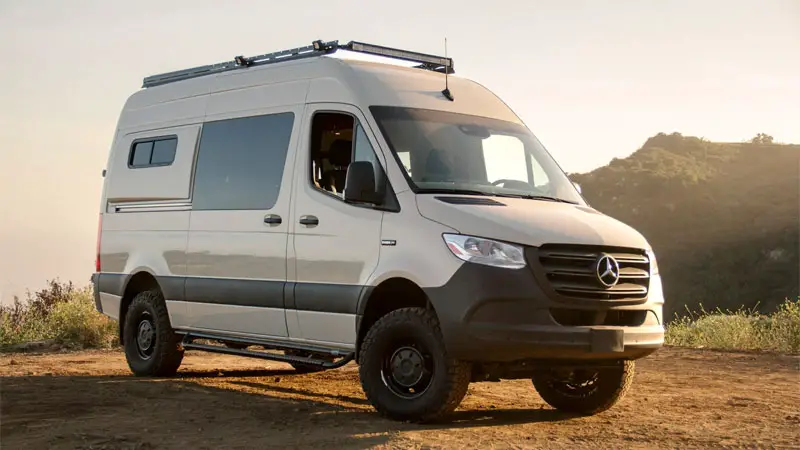
While not quite as powerful as a 4×4 pickup truck, these vans can still get really good traction. This added power isn’t generally used for off-roading or sports, however. Instead, the four-wheel drive is popular with people who live far enough north that snow and ice are frequent hazards.
Of course, they’re also useful for families who like to go camping, as the combination of power and storage capacity make it a lot easier to drive down muddy roads without getting stuck.
2. Box Van
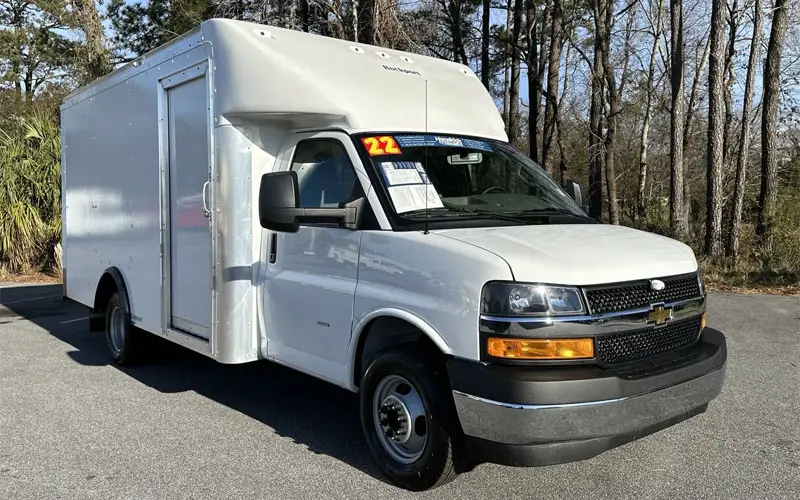
While often considered a type of truck, the box van is actually classified as a van. It has a cab similar to a pickup truck with a large box-shaped storage container immediately behind the cab.
The storage area can only be accessed from the rear of the vehicle, unlike delivery trucks, which are larger and allow access to the storage area from the cab. This latter vehicle is a type of truck which often gets confused with vans, in no small part to Chevrolet creating a line they called “step-vans”.
In fact, box vans and delivery trucks are perfect examples of how easy it is to confuse many types of trucks and vans.
3. Chassis Van
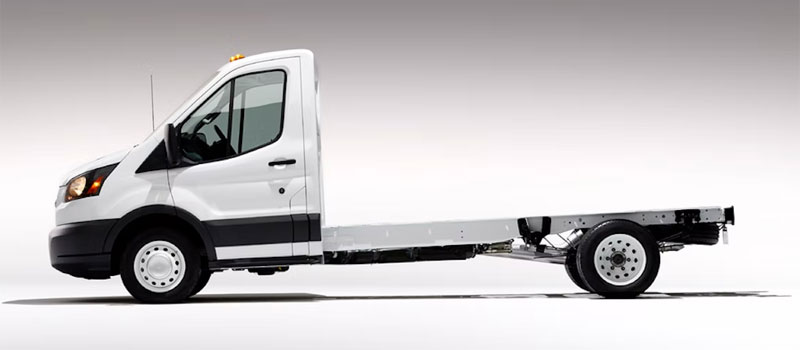
This is one of the places where trucks and vans overlap in strange ways. A chassis van looks a lot like a pickup truck, with an enclosed cab and an open rear part of the chassis onto which various sections may be added depending on the buyer’s needs. The weight class is one of the more technical ways a chassis van differs from a pickup truck.
Perhaps more obvious, however, is that a chassis van has a raised bed so that the storage space won’t be diminished by wheel wells. These vans aren’t as common in the US as they are in Europe, although they can still be seen occasionally. Examples of a chassis van include dropsides, flatbeds, and tippers.
4. City Van
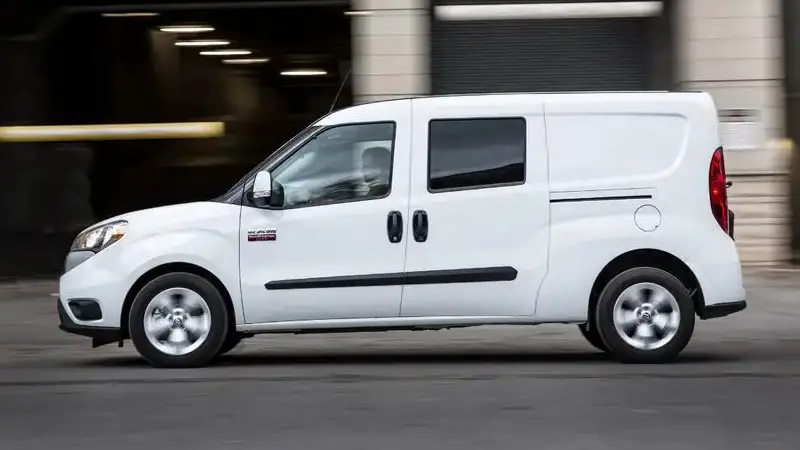
These are a cross between the car-derived van and a panel van. Slightly smaller than the traditional panel van, they still have plenty of interior space while being more efficient in urban settings. These are quite popular in Europe.
5. Crew Van
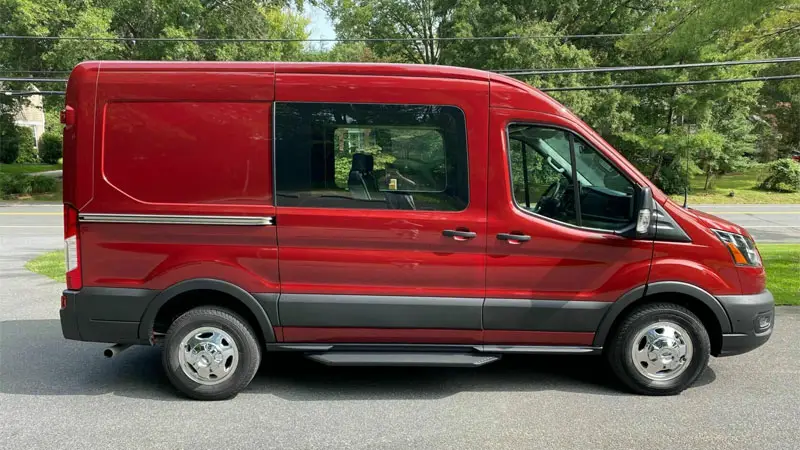
If you see a van with a Mercedes-Benz emblem on the front, you’re probably looking at a crew van (aka: a Sprinter van). This is because the van has a second row of seating, allowing it to fit three additional passengers.
While these vans have a smaller cargo capacity than most kinds of cargo vans, their ability to transport additional occupants while still having a lot of storage space makes them a good alternative.
6. Curtain Side Van
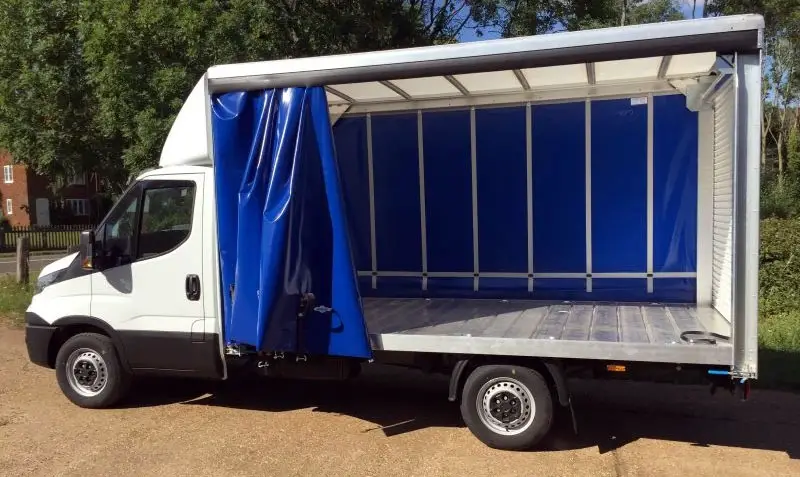
This is one of many van types that have become popular with delivery services. At first glance, they look a lot like box vans. However, the front and back of the box are solid, the sides are quite different.
They feature drop sides and a tarp system which allows the entire side of the storage area to be opened for the purposes of loading and unloading. While not as common, curtain side vans have also been sometimes used as a basic form of mobile vending.
7. Dropside Van
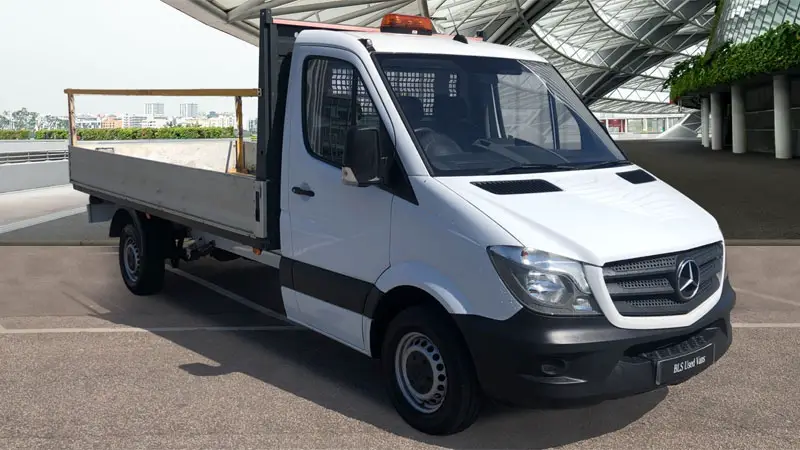
This is a variation of the flatbed van used heavily by contractors and other professions that require frequent loading and unloading of materials. What makes these vans useful is the ability to lower the sides of the flatbed, allowing much easier access to the bed’s contents.
8. Electric Van
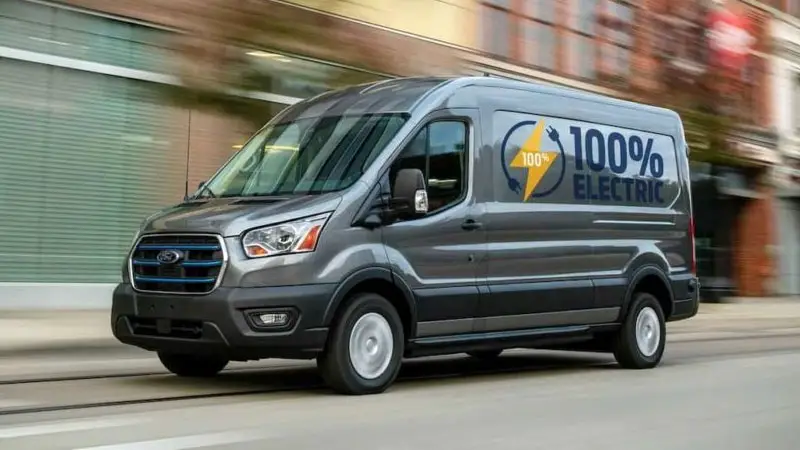
Electric vans are beginning to gain more popularity, especially in Europe because they bypass road taxes and emission charges that are levied in many European countries. They use batteries which can be plugged into charging stations at home or at specific stops along highways, much like a Tesla.
However, there is an ongoing debate on whether electric vans (and other electric vehicles) potentially do more benefit or harm to the environment. The lack of emissions certainly helps reduce air pollution as well as noise pollution, making them popular in areas where traffic is often congested.
However, the heavy metals needed for the batteries require highly destructive forms of mining and the batteries themselves are incredibly toxic to the environment if improperly disposed of.
9. Flatbed Van
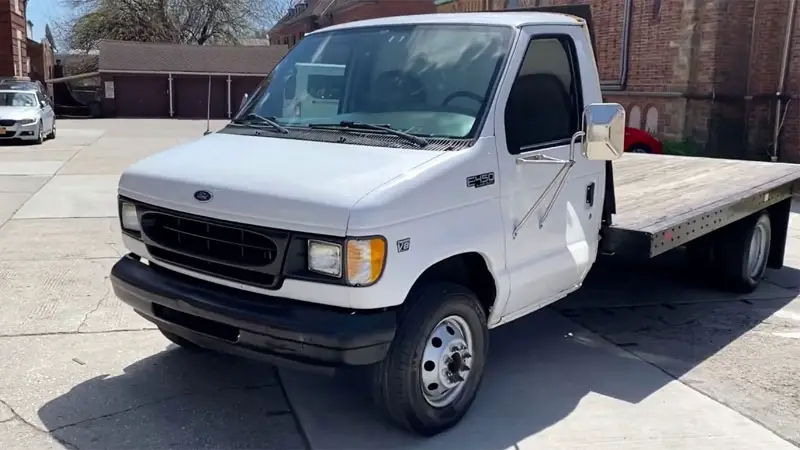
As with most chassis van variants, the flatbed van is easily mistaken for a pickup truck at first glance. However, the bed is high enough that wheel wells aren’t required, and the vehicle has a less powerful engine than pickup trucks.
10. Hybrid Van
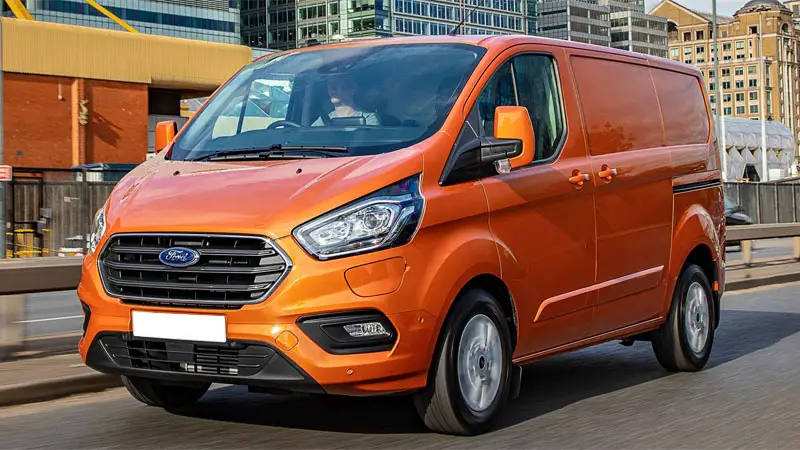
Hybrids are considered by many to be the (somewhat) safer alternative to both fossil fuel and electric powered vehicles. A hybrid van will generally only have one fuel battery, whereas electric models can have several. This means less risk of environmental contamination in the event the van is destroyed and not as much cargo space is lost to accommodate the batteries.
On the flip side, hybrids can switch between fuel and electric, reducing emissions and largely improving their performance in urban settings.
11. Luton Van
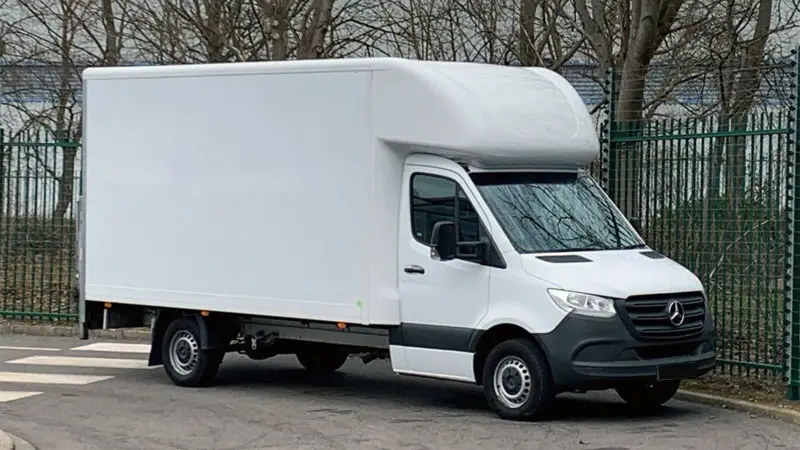
Named for the Luton plant that first produced them, these vans began their life as a body option for the Bedford van chassis. Nowadays, however, they’re available from several manufacturers and are considered to be an extended version of the box van.
The rear storage may include a tail lift for safer loading or unloading of heavy objects such as furniture. For this reason, moving companies such as U-Haul often offer Luton vans as one of their rental options.
12. Microvan
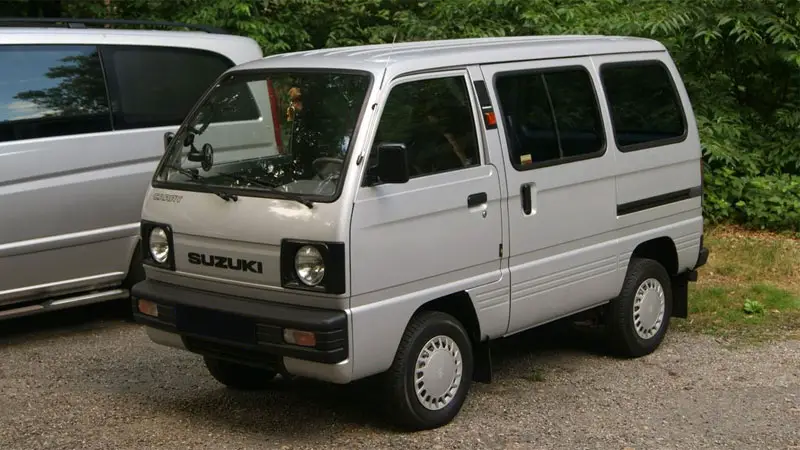
Perhaps the smallest of all the “boxy” vans, the microvan is a Japanese innovation on the classic van design. It has all of the same features as a minivan, but on a slightly smaller scale.
The size difference can reduce insurance costs, depending on the provider, while also being a bit more fuel efficient.
13. Minibus
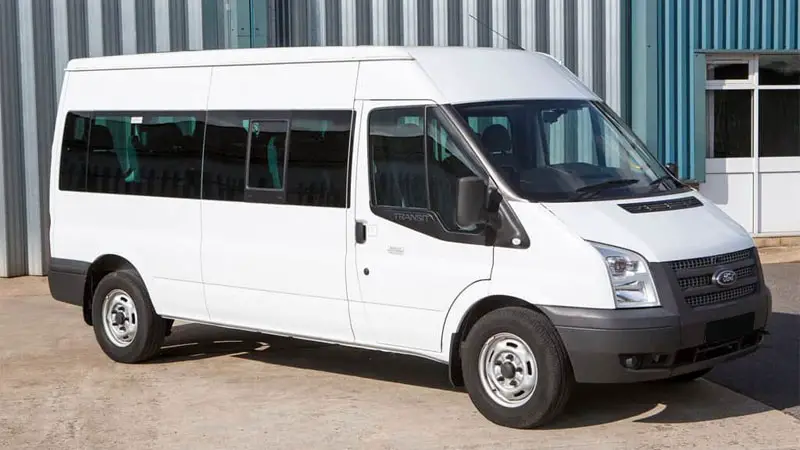
Sitting on the larger side of passenger vans, the minibus is a large people mover with room for eight to 16 passengers, as well as a driver.
It’s a great option for school sports teams and transporting a number of people two and from venues such as churches or even concerts, although they’re a little more cramped than an actual bus.
14. Minivan (Car-Derived Van)
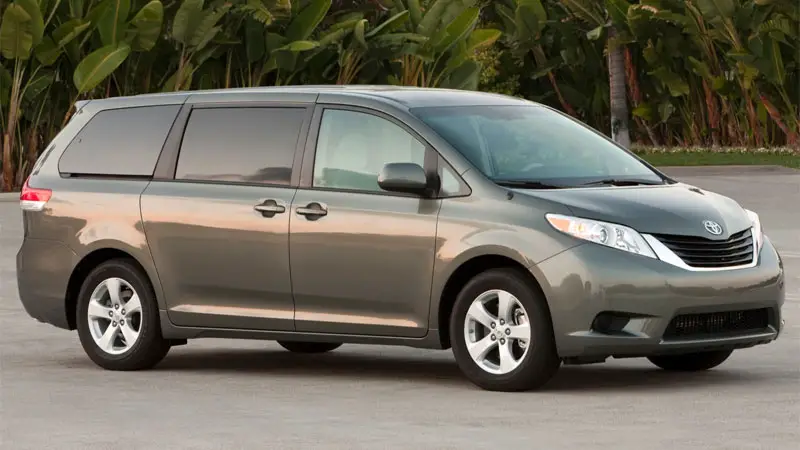
When you think of a van, you probably think of something big and boxy, but what if we told you some are actually modified from passenger cars? This is what a typical minivan is, which is a cross between a station wagon and traditional van.
The Honda Odyssey, Toyota Sienna, and Chrysler Pacifica are three of the best selling minivans found on the roads today. While not exactly having the coolness factor as other vehicles, most parents of young children will tell you how incredible they really are.
15. Panel Van
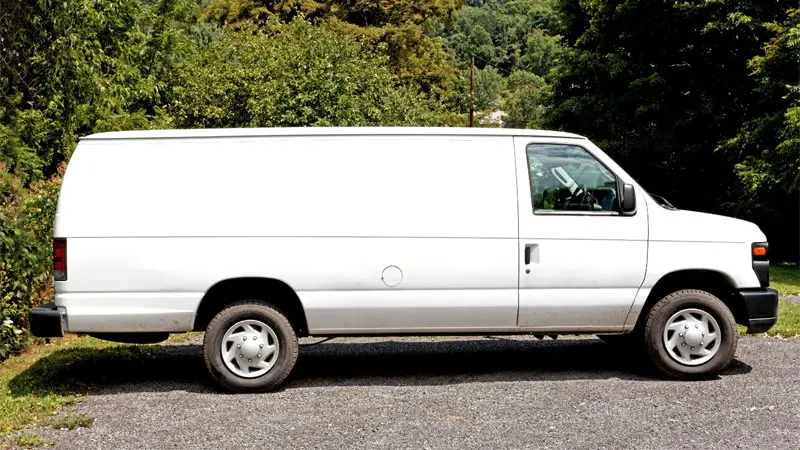
These vans have a certain notoriety in the US when painted white. However, they’re quite popular among small businesses and can be found delivering a wide range of goods or being used by plumbers, contractors, and other repair or construction-oriented people.
The van gets its name because the side windows have been replaced by metal panels. Of course, this added privacy is also where the van gained its reputation in US pop culture. The Mystery Machine is a prime example of a panel van.
16. Refrigerated Van
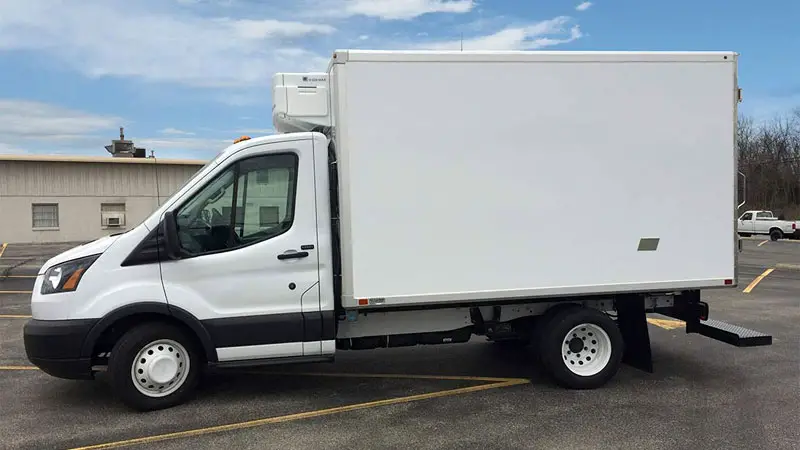
Sometimes referred to as a temperature controlled van, these are box vans with built-in climate controls. They’re more heavily insulated and are most often used for the delivery of perishable goods, especially frozen foods or pharmaceuticals.
Because these vans are much smaller than a refrigerator truck, they can be used to make home deliveries and can go places where larger vehicles can’t.
17. Tipper
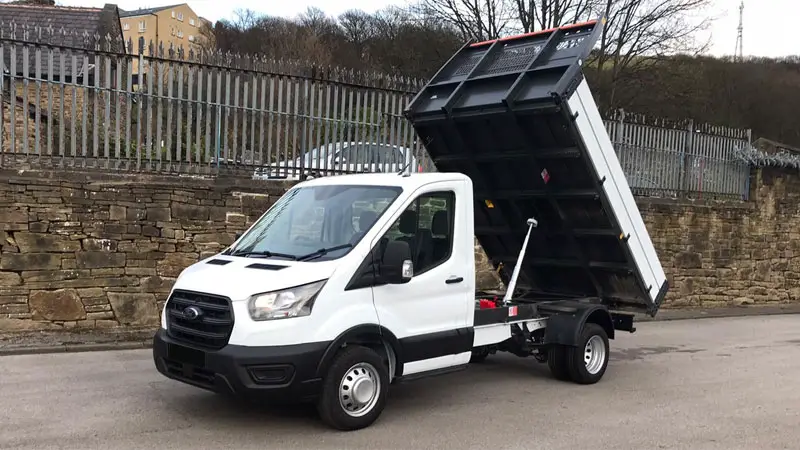
This is another form of flatbed van which is popular in the building industry. They can have either fixed or drop sides, but the real advantage is the hydraulic ram affixed to the chassis. This allows the bed to be tipped just like the bed of a dump truck.


Wow, these models sure do bring back memories from my days as a professional delivery driver in LA. It really is difficult to choose a favorite.